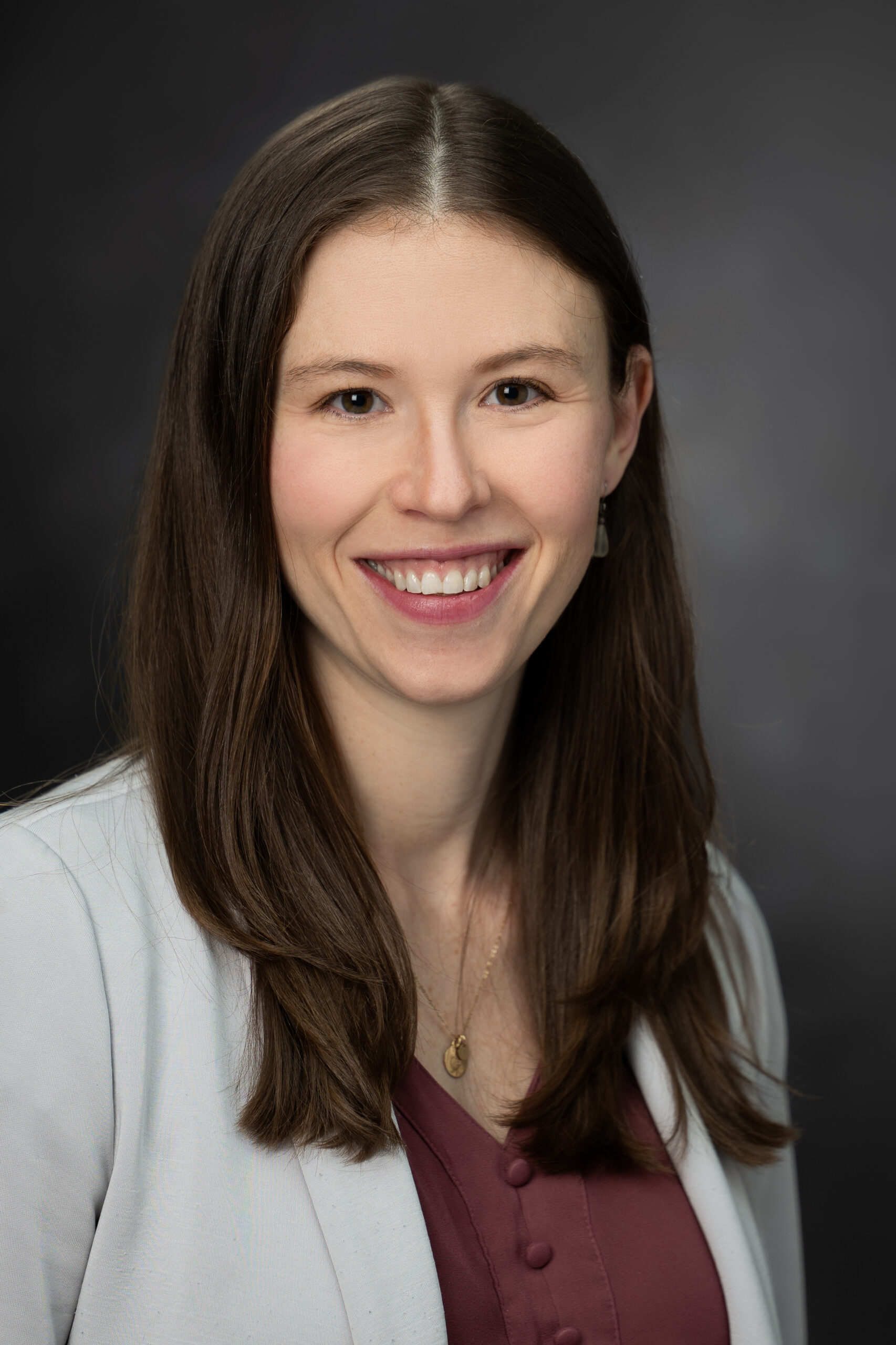
CQE PI Feature – Dr. Jennifer Schloss
Featured in QSEC April newsletter 2025
Dr. Jennifer Schloss, an Assistant Group Leader in the Advanced Quantum Technologies Group at Lincoln Laboratory, is developing quantum sensors that solve pressing real-world problems.
One powerful platform for quantum sensing is nitrogen-vacancy (NV) centers in diamond—atomic-scale defects consisting of a substitutional nitrogen adjacent to a missing carbon in the diamond lattice. These imperfections behave as tiny quantum systems, with electron spins that can detect changes in magnetic fields, temperature, electric fields, and stress. Importantly, these spin states can be controlled and read out using light and microwaves. Unlike other quantum sensors, NV-diamond devices operate over a wide temperature range (including room temperature), offer intrinsic vector measurements, and provide exquisite spatial resolution—enabling robust, high-precision measurements across diverse environments.
This versatility has opened the door to a broad range of applications—from magnetic navigation, by detecting subtle variations in Earth’s magnetic field, to high-resolution imaging of minuscule electrical currents in advanced microelectronics and even living cells. At Lincoln Laboratory, Jenny leads efforts to translate these quantum capabilities into practical diagnostic tools. Her work in magnetic imaging for microelectronics diagnostics addresses the growing need for non-invasive evaluation methods in chip design, fabrication, and supply chain assurance. NV-diamond magnetic microscopy fills a critical gap where traditional tools fall short, by providing sensitive, wide-field, high-resolution, and high-speed mapping of currents in circuits to support effective, non-destructive analysis.
Jenny grew up in nearby Concord, Massachusetts. A naturally curious child, she loved discovering patterns—whether in ocean waves and tree rings or in the meter and rhyme scheme of song lyrics. At bedtime, she often chose to solve arithmetic problems with her dad over reading stories. When she took her first college physics course at Oberlin, she began to see how a few simple equations could powerfully describe so many phenomena in nature, such as Newton’s laws describing both a game of catch and planetary orbits. New concepts that shattered her intuition, like quantum superposition and special relativity, hooked her on a career in physics.
In graduate school at MIT, Jenny joined a team producing ultracold atoms and molecules to study quantum many-body dynamics. Over time, she became increasingly drawn to applying quantum physics in more tangible ways. This led her to join Ron Walsworth’s group at Harvard, where she worked on developing diamond-based quantum magnetometers to study the brain.
In 2019, Jenny brought her expertise to Lincoln Laboratory, where she has focused on advancing NV-diamond-based magnetic sensing and imaging for real-world applications. Her group collaborates closely with MIT CQE professors Paola Cappellaro and Dirk Englund to develop novel sensing techniques and architectures. Jenny’s team then combines these with mission-driven engineering to solve practical challenges. As an Assistant Group Leader in the Advanced Quantum Technologies Group, she is now expanding to tackle a broader set of domains where innovative quantum technologies can address important capability gaps. Here, Jenny has found a role that satisfies both her intellectual curiosity and her desire for meaningful impact.




Copyright © 2022-2023 MIT Center for Quantum Engineering – all rights reserved – Accessibility


